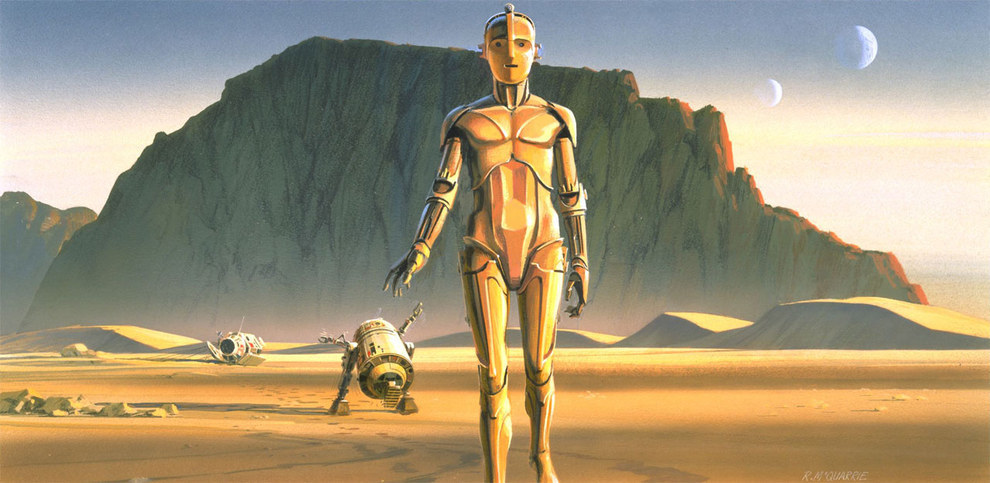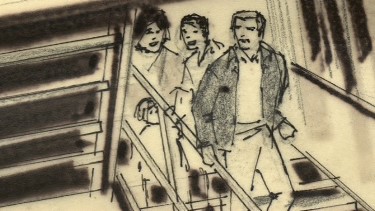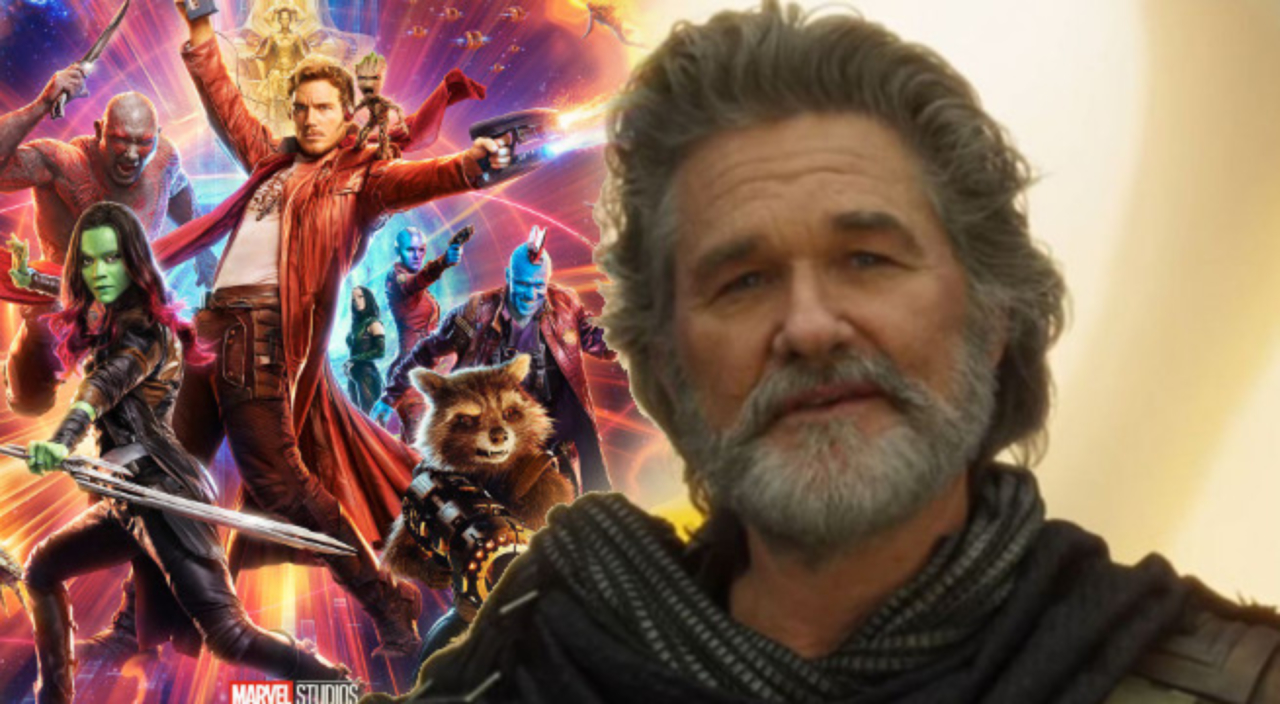Traditional techniques for pre-production on anything intended to be filmed, such as a potential TV show or movie is simply to have a script or treatment of it. Nowadays, that’s just not enough to get people to see your vision behind a project and get excited about your potential production. In some cases, the project has to have more documentation, maybe a show bible if it’s a TV show or drawings for a movie. It’s the paintings of Ralph McQuarrie that got 20th Century Fox excited about Star Wars in 1976, for example.
An effective modern tool for pre-visualization is the animatic. This usually is done for pre-production on a film as a way to perfect the sequence in an inexpensive medium, rather than on real footage that can be very expensive to edit into a working piece of film. Storyboarding usually comes first as a visual tool. The storyboarding stage may be followed by simplified mock-ups called “animatics” to give a better idea of how the scene will look and feel with motion and timing. At its simplest, an animatic is a series of still images edited together and displayed in sequence with rough dialogue (i.e., scratch vocals) and/or rough soundtrack added to the sequence of still images (usually taken from a storyboard, for example this one below from the Towering Inferno — I show more in a blog post for Towering Inferno here) to test whether the sound and images are working effectively together.
Now, that’s where pre-production uses the tool, but recently the tool has become very handy as a “pitch” tool. If a writer wants to show a network, studio or production company the merits of their story, they could create a trailer, or pitch video as a way to get them excited about the script’s potential. Amazon Studios is one of the few studios who uses the new techniques very effectively. We wrote a version of a story a few years ago called, Zombies Vs. Gladiators that we were very proud of. It’s an action packed Zombie origin story set in the rise of the Roman Empire (click here to see the screenplay). Here is a simple animatic test we made to visualize a part of a storyboard we were working on for the script.[fliiby]https://flii.by/file/05b7gukqlow/[/fliiby]
We also did a teaser trailer for the script which we liked very much and seemed to get the most favorable views and reviews from the readers and studio personnel that saw it, but it eventually was passed on and they never pursued it further. Here’s that if you would like to see it:[fliiby]https://flii.by/file/kz64fl7ib4f/[/fliiby]
Over the years, we’ve also developed a lot of pre-vis videos and documents for a feature film we are still actively pursuing based on our Emmy- award winning short film Reveille, called Capture the Flag. We have information about that on our “In Development” page. We have a poster mock-up for example. But since the film is still being pitched actively, I can’t show you a lot of those materials (unless you’re an executive or producer then contact us on the contact us page and I will let you see more). But I can show you two small clips of animatics that we developed as a few more examples how the animatic tool can be effective in creating a simple visual, that once added with the proper music and dialogue by professional actors can be effective in getting people to read your script or bible. Now with that said, all levels of the pitch should be strong…good writing and strong follow through on a query letter, treatment, show bible, script, storyboard, animatic, trailer, and verbal pitch, is still crucial in order to be picked up.[fliiby]https://flii.by/file/z3d1m9h1ysa/[/fliiby] [fliiby]https://flii.by/file/fxnxjvcn76k/[/fliiby]



